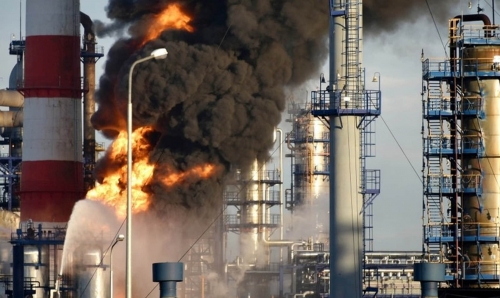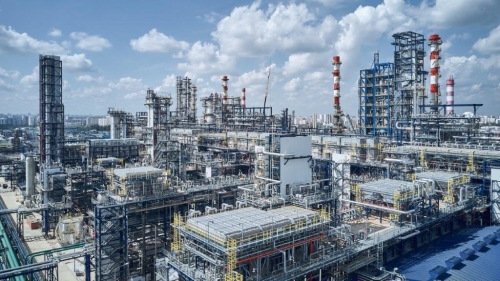A deal among oil-producing countries to curb production and balance an oversupplied market will achieve its objective in the first quarter of next year, Russian Energy Minister Alexander Novak said, after prices tumbled on news of a build-up in U.S. inventories.
His Saudi counterpart, Khalid Al-Falih, said at a joint news briefing in Astana, Kazakhstan, that inventories were declining worldwide and reductions would accelerate in the next three to four months. Inventories will settle to their five-year historical average -- OPEC’s target -- before the end of the year, though Saudi Arabia, the group’s biggest producer, may modify its policy if output cuts don’t have the desired effect, he said.
“If we will see over the number of weeks or months reasons to adjust, we will adjust,” Al-Falih told reporters after the briefing. “If by the fourth quarter we will need to do something different, we will seriously consider.”
The Organization of Petroleum Exporting Countries and other crude producers including Russia agreed May 25 to extend the supply deal that they reached last year until the end of the first quarter of 2018. Prices slumped on the news that they wouldn’t cut any deeper, and U.S. crude futures fell 5 percent on June 7 as the nation’s stockpiles unexpectedly grew. International benchmark Brent crude closed at $48.15 a barrel on Friday.
The agreement is working and global crude inventories are falling gradually, Novak said at the same event in Astana. Demand will recover in the first quarter, reducing stockpiles, and Russia is committed to doing everything to balance the market, he said.
Short-term variations in supply won’t affect the long-term trend of declining inventories, Al-Falih said.
U.S. stockpiles of crude and oil products in the week ended June 2 surged by the most since 2008, Energy Information Administration data showed on June 7, after the world’s largest oil consumer boosted imports and trimmed exports. The number of drilling rigs in the U.S. rose by eight to 741 rigs last week, according to Baker Hughes Inc., as shale producers continued to pump more.

%20(1).png)



